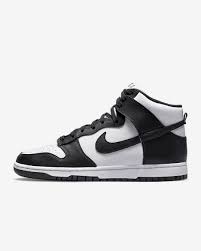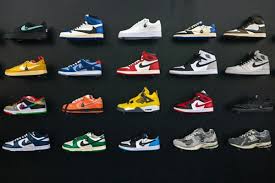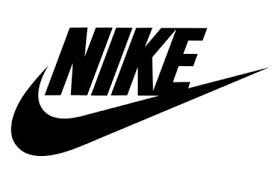Nike, Inc., which was originally known as Blue Ribbon Sports and was founded in 1964 by Bill Bowerman and Phil Knight, has become one of the most powerful brands in the world of athletic footwear and apparel. It was renamed Nike in 1971 after the Greek goddess of victory, and its innovative products, marketing prowess, and cultural impact are unparalleled.
Early Years and Expansion
First, Blue Ribbon Sports was only a distributor for the Japanese shoemaker Onitsuka Tiger, now ASICS. However, by 1971, the partnership ran out, which led to Nike’s first independently designed shoe, that included the legendary Swoosh logo. The dedication to innovation and quality made it very popular soon, so that, by 1980, Nike already held a 50% market share of the U.S. athletic shoe market.
Marketing and Brand Identity
Nike’s marketing strategies have been the key to its success. The “Just Do It” campaign, which was introduced in 1988, is one of the most memorable slogans in advertising history. The company’s association with elite athletes such as Michael Jordan, whose Air Jordan line became a cultural phenomenon, further cemented it’s brand identity. The company’s ability to blend sports performance with lifestyle appeal has set it apart from competitors.

Product Innovation
Innovation is the heart of product development in Nike. Air technology, which was first introduced in the late 1970s, revolutionized athletic footwear with the provision of improved cushioning and performance. Since then, innovation has taken various forms, from Flyknit technology to Adapt self-lacing system, where design and functionality have been pushed to new heights.
Global Expansion and Diversification
However, in addition to the shoes, the company diversified the product lines and offers apparels, equipment, and accessories related to several sports. Brands acquired are Converse, while its sub-brands are Nike Golf and Nike Pro. Its approach towards a global market through the retail stores and the website helped Nike become even more globalized.
Recent Issues and Change of Leadership
In the last few years, Nike has been facing challenges such as increased competition and strategic missteps. In 2024, the company reported a 2% drop in fourth-quarter sales to $12.6 billion and forecasted a mid-single-digit sales decline for the coming year, leading to a sharp 20% drop in its stock price. THE TIMES & THE SUNDAY TIMES
Analysts attributed these struggles to management decisions, such as oversaturating the market with popular lines and cutting ties with third-party retailers.
As a reaction, Nike also disclosed leadership changes. After years as an intern beginning in 1988 and a career spanning decades in which Elliott Hill was passed over for the chief executive position when it became open in 2020, Hill returns to Nike in 2024 as CEO to right recent mistakes, manage critical franchises such as Air Jordan, and restore the company’s culture.

Cultural Impact and Social Responsibility
The influence of Nike extends beyond its products, as it has been part of cultural and social movements. Its 2018 ad campaign with Colin Kaepernick on themes of sacrifice and social justice sparked both praise and controversy, reflecting the willingness of it to be involved in societal issues. ENCYCLOPÆDIA BRITANNICA
The company has also been criticized for labor practices in its overseas factories. In response to concerns about poor working conditions and low pay in the 1990s, Nike established factory codes of conduct, raised worker minimum ages, and adopted U.S. clean-air standards in non-U.S. factories. The company continued to address labor issues through the 2000s in its overseas factories.
ENCYCLOPEDIA BRITANNICA

Conclusion
The journey of Nike from a modest distributor to an international sportswear icon is evidence of innovative spirits, strategic marketing, and flexibility. Despite current challenges that seem to challenge its resilience, new leadership and refocusing on the core values of the company will see Nike steer forward in the success line. Innovation and cultural relevance continue to form the backbone as the company charts a course through a dynamic landscape for sports and fashion.
